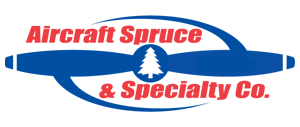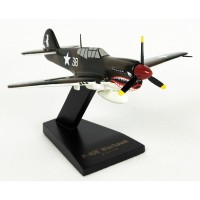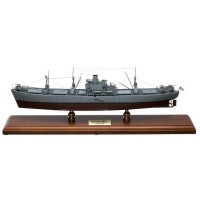FREE SHIPPING ON ORDERS OVER $350 (SOME EXCLUSIONS APPLY) | 877-4-SPRUCE
Mikoyan Mig-15 Model
$225.95/Each
Part# 13-10817
MFR Model# FRM15TE
MFR Model# FRM15TE
Overview
|
The Mikoyan-Gurevich MiG-15 (NATO reporting name Fagot) was a jet fighter developed for the USSR by Artem Mikoyan and Mikhail Gurevich. The MiG-15 was one of the first successful swept-wing jet fighters, and it achieved fame in the skies over Korea, where it outclassed all enemy fighters except the F-86 Sabre. The MiGs combat success and its dependability made the plane very popular with Eastern Bloc and Communist nations around the world. Since 1950 roughly 7,500 MiG-15s have been built in Russia, Czechoslovakia, Poland and China. The MiG-15 arguably had sufficient power to dive at supersonic speeds, but could not do so because it did not feature an ""all-flying"" tail. As a result, the pilots ability to control the aircraft deteriorated significantly as Mach 1 was approached. Later MiGs would incorporate all-flying tails. A variety of MiG-15 variants were built, but the most common was the MiG-15UTI (NATO reporting name Midget) two-seat trainer. The MiG-15 was widely exported, with the Peoples Republic of China receiving MiG-15bis models in 1950 and is also believed to have been the most numerous jet aircraft ever made, with over 12,000 built. In the late 1980s, the first MiG-15 appeared on the civilian register in the USA, and in the last decade, at least 20 have been licensed as warbirds around the world. |
WARNING: Cancer and Reproductive Harm - www.P65Warnings.ca.gov. |
Q&A
Please note, Aircraft Spruce's personnel are not certified aircraft mechanics and can only provide general support and ideas, which should not be relied upon or implemented in lieu of consulting an A&P or other qualified technician. Aircraft Spruce assumes no responsibility or liability for any issue or problem which may arise from any repair, modification or other work done from this knowledge base. Any product eligibility information provided here is based on general application guides and we recommend always referring to your specific aircraft parts manual, the parts manufacturer or consulting with a qualified mechanic.








 FREE Shipping
FREE Shipping

















